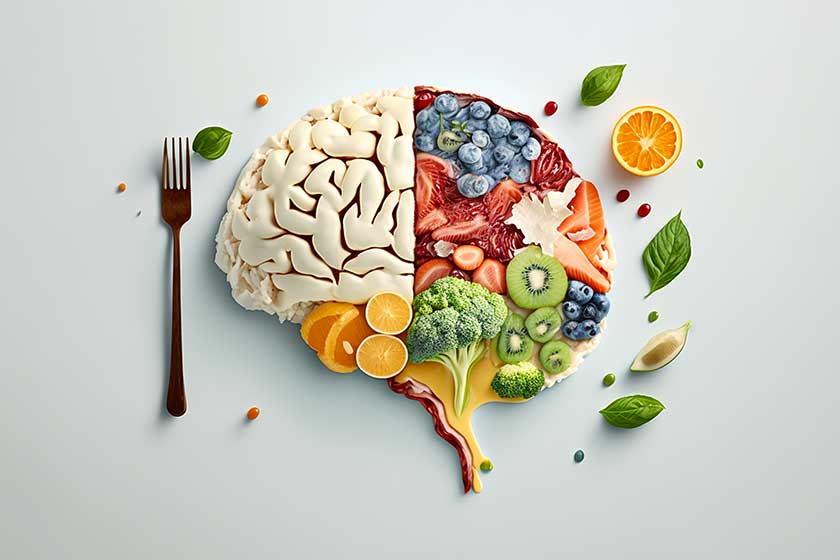
By Angeline Zengeya – Nutritionist and Agripreneur
Nutrition management is one of the cornerstones of diabetes management and education. A big part of this lies in the choice of foods you eat. It is important to note that sensitivity to individual needs and pragmatism, not dogmatism, are most helpful for effective nutrition counseling.
Everyone knows that vegetables are healthier than cookies. However, there are also the ‘best choices’ within each food group. The best choice is a food that is better for you than other foods in the same group. The best choice is to have less saturated fats, trans fats, added sugars and sodium than similar foods.
Blood sugar is made from the food we eat, which contains carbohydrates. Carbohydrates are found in many foods that are high in sugar and starch. Carbohydrate foods are not digested and absorbed (taken into the bloodstream) at the same rate. Some foods are absorbed faster than others. Carbohydrate foods and drinks that break down and release sugar faster are called high glycemic foods, while those that break down more slowly are called low glycemic foods. Lower glycaemic index foods are important as they can help to keep blood sugar levels stable and prevent rapid increases.

Many people eat more fat than they need. Eating too much fat can lead to weight gain and being overweight can make it difficult to keep blood sugar levels in check. Eating too much fat also increases your risk of developing heart disease later in life. Reducing the total amount of fat in your diet can help, but it’s also important to make sure you are eating healthier fats, too.
There are three main types of fat: Saturates can increase blood cholesterol levels and may be harmful to your health. Saturated fats found in foods like biscuits, cakes, butter, cheese, lard, ghee, and pies are not good for you. They contribute to heart disease, obesity, and other health problems. Polyunsaturated fats help lower blood cholesterol and are found in vegetable oils such as sunflower, corn, soybean and margarine. Unsaturated fats also help lower blood cholesterol and are found in olive oil, rapeseed oil and margarine. Try replacing saturated fats with polyunsaturated and monounsaturated fats.
Our body cannot digest dietary fiber, sometimes called roughage. Insoluble fiber helps maintain a healthy intestine (bowel) and prevents constipation. Foods that contain insoluble fiber include wholemeal bread, breakfast cereals, pasta and rice. Soluble fiber is important in diabetes; it slows the absorption of sugar into your blood, it can stop your blood sugar levels from getting too high and it can keep your heart healthy by keeping the levels of fat (cholesterol) in your blood low. Foods that contain soluble fiber include fruits, vegetables, beans, lentils, and oats.
Excess alcohol is dangerous due to suppression of gluconeogenesis and can lead to prolonged low blood glucose levels, also called hypoglycemia (up to 10-12 or more hours after drinking, depending on amount consumed) especially in young people with diabetes.
Specially marked foods for diabetics are not recommended as they are unnecessary, expensive, and often high in fat and may contain sweeteners with a laxative effect. These include sugar alcohols such as sorbitol.
Physical activity is an important part of managing your blood glucose level and staying healthy. Because physical activity lowers your blood glucose, you should protect yourself against hypoglycemia.
Nutrition therapy, when used in combination with other components of diabetes care, can further improve clinical and metabolic outcomes. The impact of diabetes on eating behavior cannot be underestimated and may cause psychological disturbances. Therefore, diet and lifestyle changes should be supported by experienced professionals.
Angeline Zengeya is a Nutritionist and Agripreneur and can be contacted on +263 772528449; Email: angiezengeya@gmail.com










